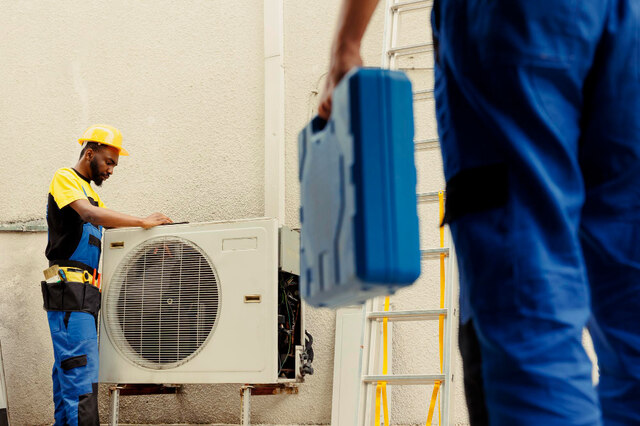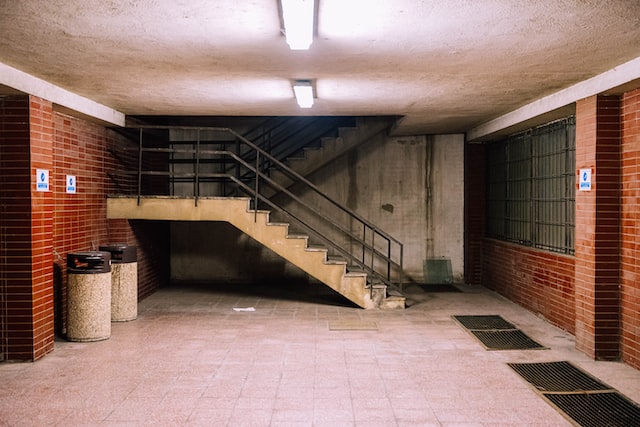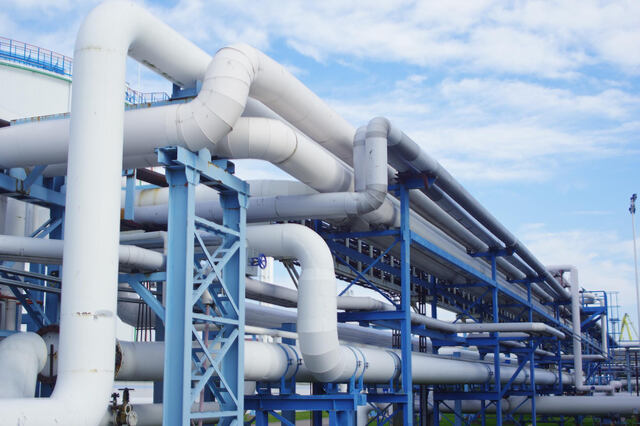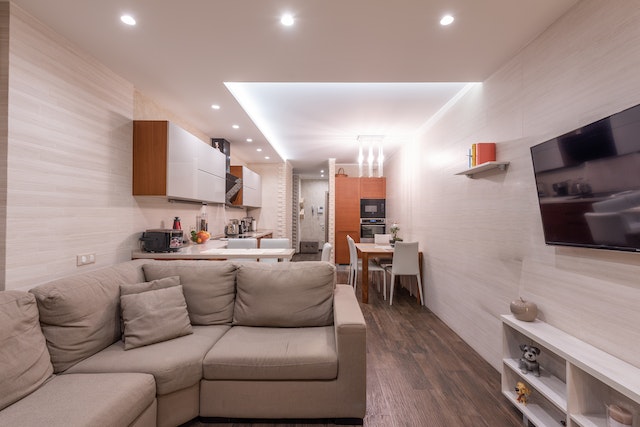Ductless Split AC vs. Central AC Units: Pros and Cons
Going for the right AC unit for your home can be complicated. With many options to choose from in the market, it would be best to know the key differences between two popular air conditioning Calgary options. These options include a ductless split unit and a central AC.
Ductless Splits
A ductless split unit, also called a mini-split system, doesn’t just eliminate the importance of simplifying the installation procedure. It also eliminates the need for going for extensive ductwork.
This unit differs from other systems through its functionality and unique design. For instance, traditional ones that depend on networks of ducts distribute conditioned air in the building. But ductless split units work on a localized level.
Pros
- Minimally invasive installation: Since this is an AC unit without ducts, installation doesn’t need a lot of construction work. Only small homes are required to run wiring and refrigerant piping between outdoor and indoor units.
- Targeted comfort: A ductless mini split unit can cool or heat specific rooms in the house as required, with various temperature settings for very room. Homeowners can also use it to supplement their central AC units to guarantee comfort in the house.
- Energy bill savings: The unit doesn’t just guarantee a high-efficiency operation. It also helps to save cash by using it when the room is occupied.
- Energy efficiency: It provides cooling efficiency, which is more than a ducted cooling unit.
- Installation flexibility: A long-refrigerated line ability and compact outdoor/indoor units allow you to determine where and how to install the unit. This is true even for a limited space.
Cons
- Higher installation costs: Ductless splits have higher installation costs than central air units. This is because of the need for installation materials and specialized equipment.
- Visibility: The unit is more visible compared to a central air unit. That is because of the need for outdoor compressor units and one or several indoor air handling systems. Because of that, outdoor compressors need to be visible outside your home. Usually, this takes up space on the roof or in the yard.
- Worse air filters: This system provides worse air filters than a central air unit because of its limited capability to filter pollutants out. Many units come with just one air filter. This filter captures particles.
Central ACs
These are systems that cool air in a central area and distribute it to and from different rooms. They use one or several ductwork and fans to do that. Like mini-splits, central AC comes with both indoor and outdoor units.
Pros
- Consistent temperature: A central AC is made to cool the entire building to just one temperature. With properly installed and planned ductwork, it is capable of constantly maintaining temperature in the space. You don’t need to walk from one cold room to another. Your home will still be comfortable.
- Unbeatably convenient: The unit comes with a singular unit design. This means you don’t require several systems to cool the entire house.
Cons
- Less energy efficient: Even a unit with the highest efficiency can’t match a ductless model.
- Costly and complicated installation of ductwork: If you currently live in an older house without ductwork, you will need to install it if you plan to use a central AC.
In conclusion, various houses need different comfort styles. In many cases, ductless splits are better options than central units. They work up to about 30% more energy-efficient compared to central systems.







